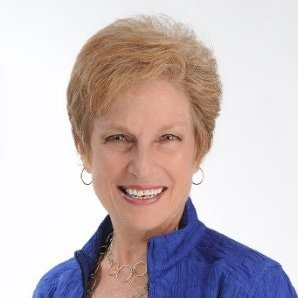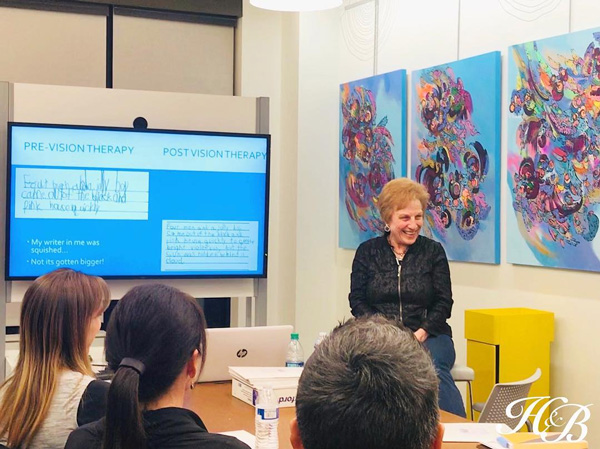

Lynn Hellerstein, OD, FCOVD, FAAO, of Greenwood Village, Colorado, went in for a colonoscopy soon after her 50th birthday on a September day in 2002 and woke up and learned that she had a tumor in her colon. While the doctor found the tumor early enough to avoid chemotherapy, she became highly allergic to nearly all food. “Eating became something I hated, and only later did I realize it was a metaphor for my inability to digest the life I was living,” she says.
Dr. Hellerstein recalls feeling like she was on a freight train, barreling toward the next accomplishment or expectation. Her children were young, her practice was growing and she wanted to write a book. This diagnosis flattened her. “After a second surgery, I became anemic, and I was so fatigued that I thought I would never leave my house. While the surgeon saved my life, I really had no idea how to put it back together again.” It took about two years and some major life changes. She shifted her goals and gave up some of the reins—a difficult task for the type A personality that she was. “I went from saying, ‘I can do it myself’ to asking for help. It takes courage to admit your vulnerabilities,” she says.
Visualizing a new path
It was during this time that Dr. Hellerstein developed her See It. Say It. Do It! book, a guide to visualizing success. “It became a mechanism for me to live my life and expand my vision beyond sight,” she says. Dr. Hellerstein’s experience changed the way she talks to patients in her vision therapy practice. “It has taken me down the path of functional medicine. If I’m working with a patient with special needs, autism or a traumatic brain injury, that patient doesn’t simply have a vision problem, but there are whole body/sensory/ motor issues,” she says.
Working collaboratively with other providers toward the patient’s progress is very important, she says.
She is also more cognizant of the demands on caretakers, especially if they have suffered an injury. “Moms or dads who have been in a car accident and suffered an injury may have a very difficult time taking care of themselves. I counsel them in visualization: what do you need to do and how can you get there? Stress only adds fuel to the fire,” she says.
Indeed, in the vision therapy sessions at her practice, meditation may be a part of the process. “Let’s breathe together,” she tells patients. “A kid who is so frustrated that he or she can’t do the homework can be helped by stopping, breathing and visualizing. Then the assignment may take a quarter of the time if those stresses are gone.” Dr. Hellerstein also credits her optometric study group and her “sisterhood” with help during her recovery and beyond. She gathers with friends for regular “camp experiences”
where they laugh, drink wine, eat chocolate and together raise thousands of dollars for non-profit organizations helping women and children.





